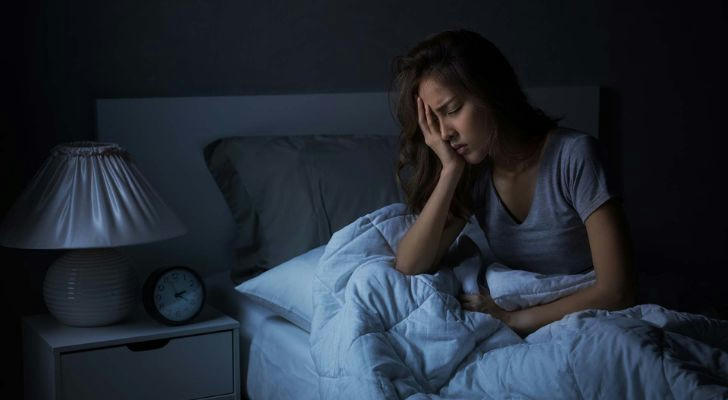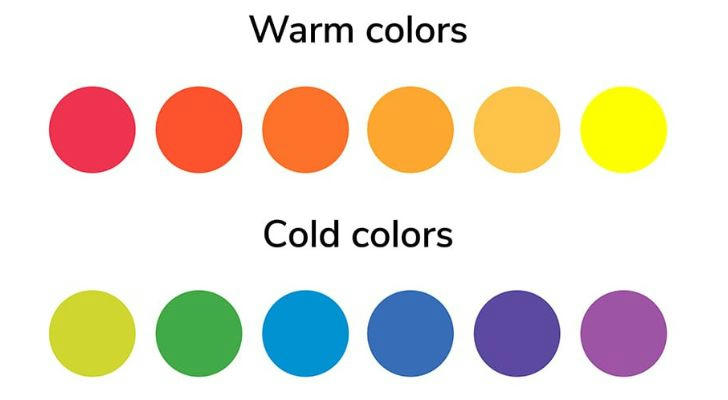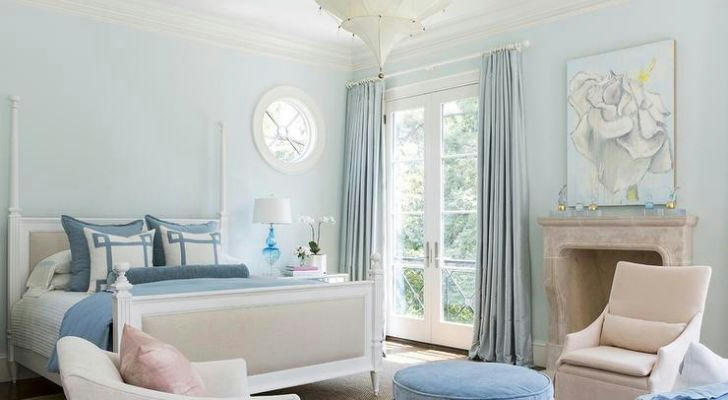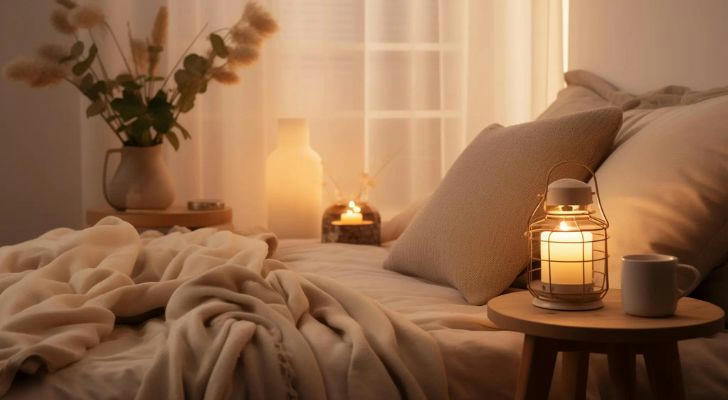How to Improve Insomnia Through Color Adjustment?

Insomnia not only makes us feel tired and irritable during the day, but long-term insomnia increases the risk of cardiovascular disease, obesity, diabetes and other health problems. It also affects mental health and causes anxiety and depression. Fortunately, color can help us relax and adjust our physical state. By using color properly, we can create an environment that is more suitable for sleep, thereby improving sleep quality and alleviating the troubles caused by insomnia. Understanding how to improve insomnia through color adjustment may make your nights more peaceful and your life healthier.
1.The relationship between color and sleep
Color psychology explores how different colors affect our emotions and behaviors. Color not only allows us to see the world, but also directly affects our mood and physical reactions. Studies have shown that blue and green are generally considered to have a relaxing effect, which can lower heart rate and blood pressure and help people relax; while red and orange may increase energy and excitement and increase alertness. The effects of these colors allow us to improve sleep quality by adjusting the color of the environment.
2.Which colors should we choose to improve sleep?

Cool tones:
• Light blue: helps relaxation and lowers heart rate.
• Light green: natural feeling, promotes relaxation.
• Lavender: calming effect, reduces anxiety.
Warm tones:
• Soft beige: warm and comfortable, but not too stimulating.
• Light gray: calm and neutral, suitable for creating a relaxing environment.
Colors to avoid:
• Bright red: Too stimulating and may affect sleep.
• Bright orange: It has a strong sense of activity and is not conducive to relaxation.
• Bright yellow: It may make people too awake and is not suitable for sleeping environment.
3.How to use these colors in your bedroom?
Cool color application:
Walls: Use light blue or pale green paint to create a calming atmosphere.
Bedding: Choose lavender or light blue sheets and pillowcases for an added touch of comfort.
Curtains: Choose curtains in soft blue or green to filter light and add a sense of tranquility.

Warm color application:
Headboard: Use a headboard in a soft beige or light grey to create a homey feel without being stimulating.
Decorative items: Choose small decorative items such as cushions or rugs in warm tones to add a sense of warmth to the room.
Lighting: Use warm light bulbs (such as beige or warm white) and avoid overly bright light sources.

Avoid color applications:
Walls: Avoid using bright red or yellow as the main wall color to avoid creating a stimulating effect.
Bedding: Avoid choosing strong orange or red sheets to avoid interfering with sleep.
Curtains and decorations: Avoid using overly bright colors, such as bright yellow or orange, as this will affect your relaxation.
4.The impact of color light sources on sleep
When choosing a night light, brightness is crucial to improving sleep quality. Here are some suggestions:
brightness:
• Soft rather than strong: Night lights should provide soft light to avoid irritating the eyes. The brightness should be lower than the main light, and it is recommended to use a night light with adjustable brightness.
• Light intensity: The brightness of the night light should be bright enough to let you find what you need in the dark, but not so bright that it disturbs your sleep.

Other suggestions
• Low color temperature: Choose a night light with a color temperature of around 2700K. This color temperature simulates the natural light at dusk and is more suitable for use before going to bed.
• Position: Place the night light on the bedside table or in the corner of the bedroom to avoid direct exposure to the bed and reduce the impact of light on sleep.
• Automatic switch: Choose a night light with an automatic switch or timer function so that it will automatically turn off after you go to bed and avoid leaving the light on all night.
By using color wisely, you can improve your sleep quality. Experiment with different color schemes to find the colors that work best for you and your home. Everyone perceives color differently, so you can adjust step by step to see which colors relax you the most and improve your sleep. Let these colors be your good helper to improve your sleep and help you welcome a healthier and more comfortable day.
